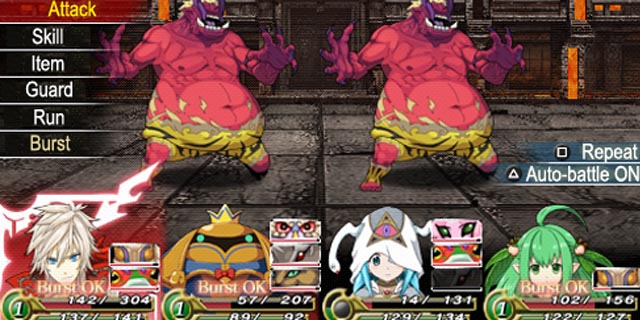
The dungeon-crawler and I have a tough relationship. It’s one of those love-hate things, those rare occurrences when I can completely understand why masochistic gamers keep plugging away at them despite being repeatedly beaten down. There’s some sort of addictive pleasure to keep going, even when the game rips everything away from you. Unchained Blades (thankfully) manages to properly balance both the oddly-addictive challenge with a good dose of fun that will appeal to the core dungeon JRPG fan as well as the uninitiated. READ MORE

Editor’s note: This guest post by artist Riss Pittman contains Journey spoilers. If you haven’t played it yet, seriously go play it.
Developer thatgamecompany’s Journey focuses not only on intuitive exploration, but also the emotive experience that is a core element of the game. It was created first and foremost to dive into the possibilities of invoking an emotional response out of the player. It takes a very cinematic approach to the presentation, almost like an interactive animated film, that never stops letting the player have a hand in how they view the world. Through use of visuals, sound, music, and a minimal approach to text or dialogue, Journey immerses the player in a very unique emotional journey that isn’t often seen in games.
Before delving too far, it’s important to the address the idea of games as an art medium. Games aren’t particularly respected by society and are viewed either as a childish waste of time, or as politicians want the public to believe, a vehicle for teaching violence to children. Even notable critics like Roger Ebert have scoffed at the idea of games being capable of being art forms. This often comes from a major misunderstanding of what art is and isn’t, and what games can and can’t be. READ MORE





















